In today's diverse work environments, mastering workplace language etiquette is essential for fostering effective communication and collaboration. It not only enhances professionalism but also cultivates a culture of respect and inclusivity among colleagues. Understanding the nuances of language can significantly improve team dynamics and reduce misunderstandings. If you're curious about how to navigate these language intricacies in your workplace, keep reading to discover practical tips and strategies!

Formal tone and structure
In corporate environments, maintaining a professional and respectful tone in written communication establishes clear expectations and fosters a collaborative atmosphere. Key elements include a polite greeting, succinct introduction, and a well-structured body that articulates the main points or requests. Utilizing formal language with precise vocabulary enhances clarity, while avoiding overly complex jargon ensures messages remain accessible. Concluding with a courteous closing statement reinforces positive engagement and appreciation for recipients' attention. Incorporating specific details, such as deadlines or meeting times, can further facilitate efficient communication in workplace interactions.
Inclusive language
Inclusive language emphasizes respect and acknowledgment of diverse identities, particularly in workplace settings. Utilizing terms that embrace all gender identities fosters a welcoming environment. For instance, replacing "chairman" with "chairperson" reflects gender neutrality. Similarly, using "partner" instead of "husband" or "wife" accommodates various relationship dynamics. Avoiding assumptions about family structures and acknowledging different cultural backgrounds promote understanding and inclusivity. Implementing these linguistic adjustments not only enhances interpersonal communication but also aligns with contemporary workplace diversity initiatives, reinforcing a culture of equality and respect.
Professional vocabulary
Professional communication in the workplace emphasizes clarity and respect. Utilizing terms such as "acknowledge" for recognition, "collaborate" for teamwork, and "feedback" for constructive criticism promotes a positive environment. Maintaining a tone of "appreciation" during exchanges, such as thanking colleagues for their contributions, fosters goodwill. Avoiding jargon enhances understanding, ensuring that all team members comprehensively grasp the message. Phrases such as "I would like to discuss" or "please let me know your thoughts" encourage open dialogue. Employing formal salutations and closings, along with appropriate subject lines in emails, establishes professionalism. Following these language etiquette guidelines can significantly improve workplace relationships and productivity.
Clarity and precision
Clarity and precision in workplace communication are essential for effective collaboration. Clear language minimizes misunderstandings in business settings, especially in multinational companies where employees speak different languages and have diverse cultural backgrounds. Precision in word choice, particularly in emails and reports, can enhance professional relationships and ensure that tasks are executed correctly. For example, using specific metrics, such as deadlines (e.g., "by 5 PM on March 15, 2024") or financial figures (e.g., "the budget increase of 10%"), provides a clear framework for expectations. Furthermore, establishing a standardized format for presentations or documents helps maintain consistency and professionalism in communications, reducing ambiguity. Adopting practices that prioritize transparency, such as documenting decisions in meetings or distributing clear agendas, fosters a more efficient and respectful workplace environment.
Positive and respectful phrasing
Positive and respectful phrasing is crucial in workplace communications to foster a collaborative and harmonious environment. Using constructive language helps enhance professionalism, especially in emails and meetings. Phrases such as "I appreciate your input on this matter" or "Thank you for your hard work" can uplift team morale. Addressing colleagues with their preferred titles, including Mr., Ms., or Dr., signifies respect and acknowledgment of their accomplishments. Employing the "sandwich technique," which involves presenting constructive feedback between two positive remarks, can ensure messages are well-received. Moreover, active listening phrases such as "I understand your perspective" or "That's an interesting point" encourage open dialogue and show regard for others' opinions.

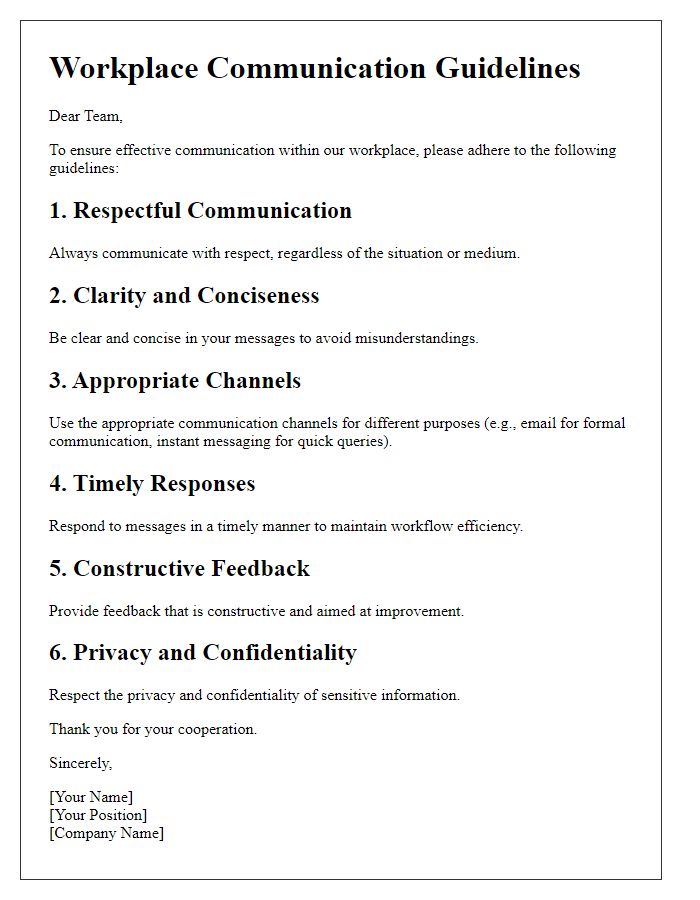
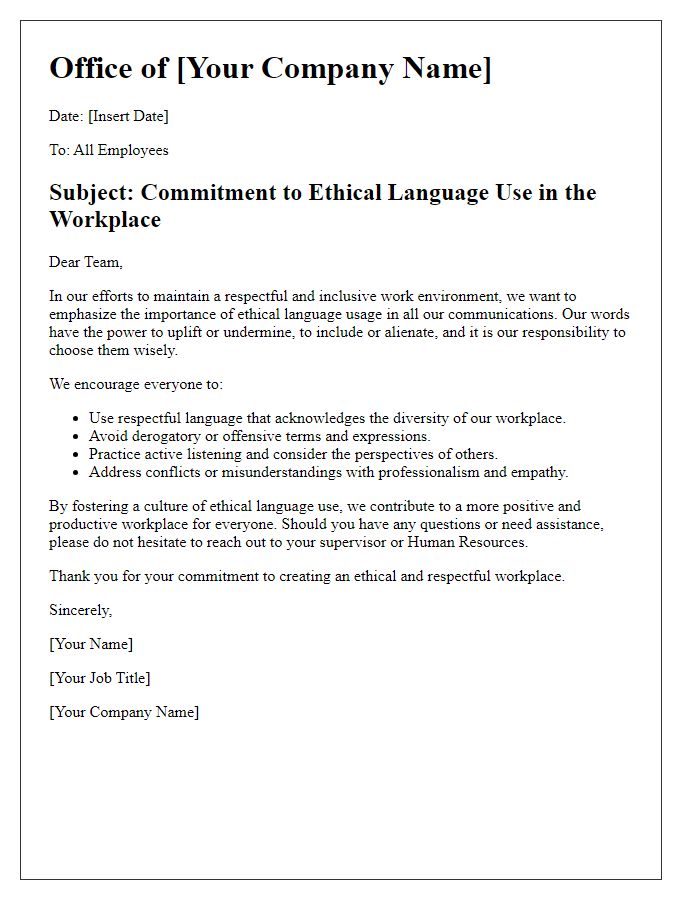
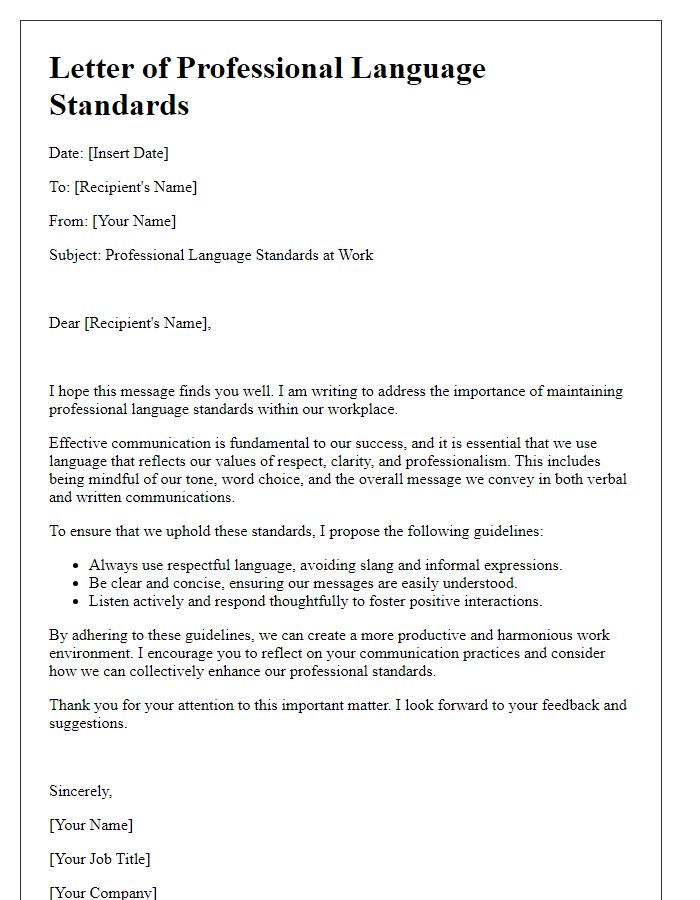
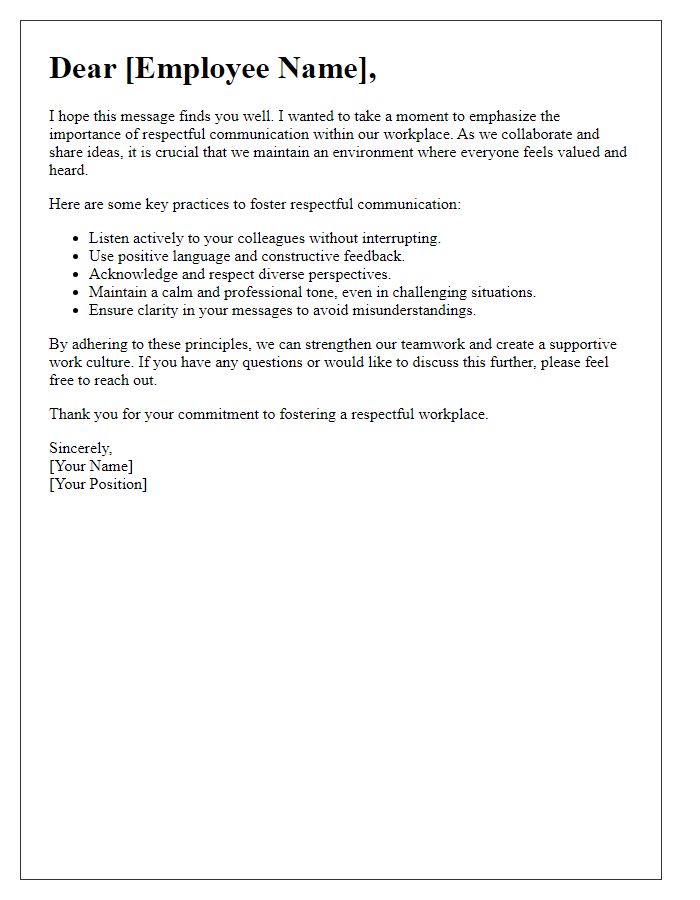
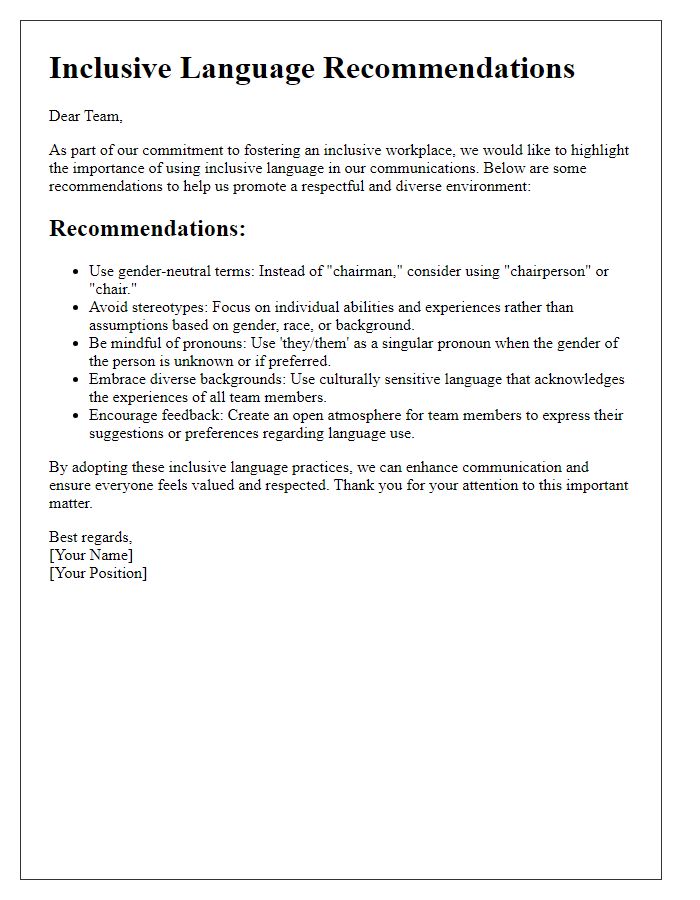
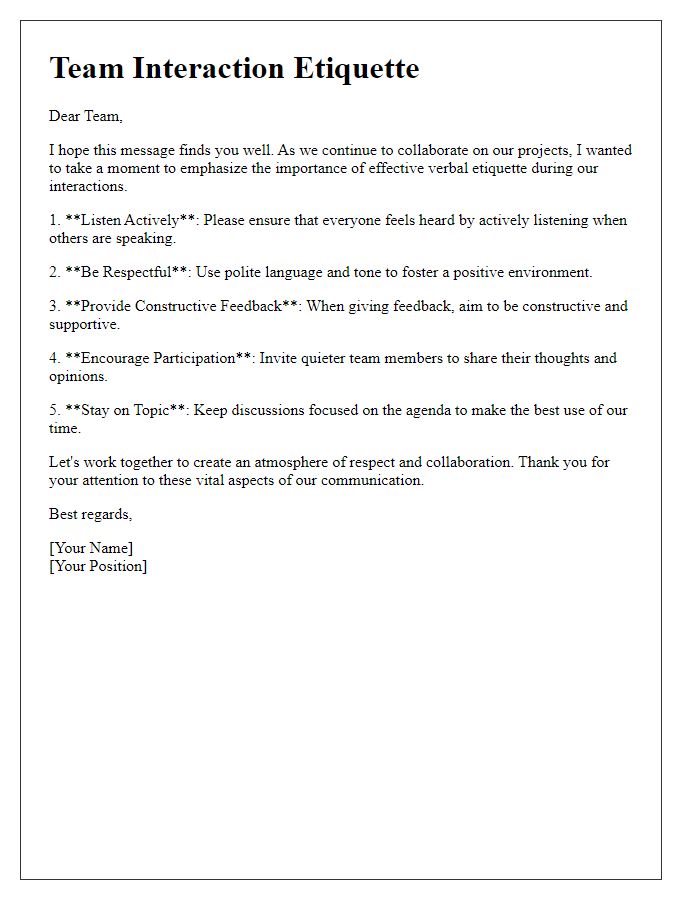
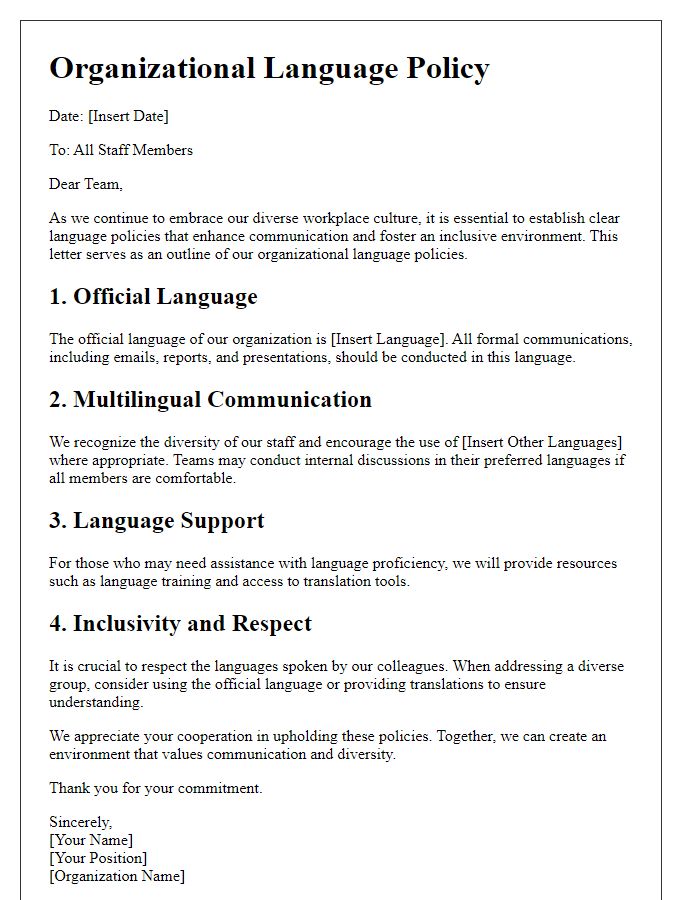
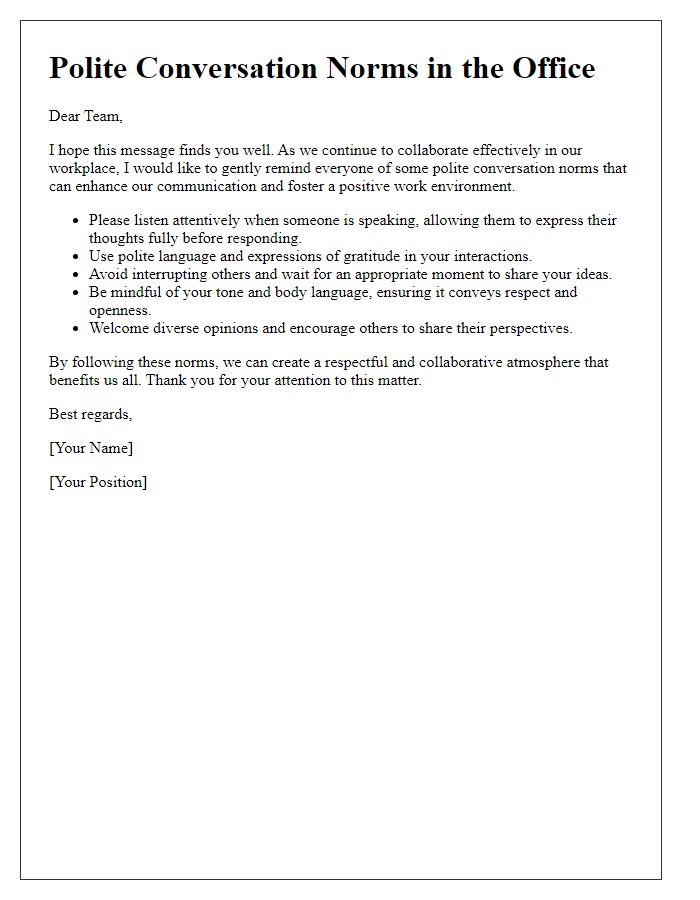
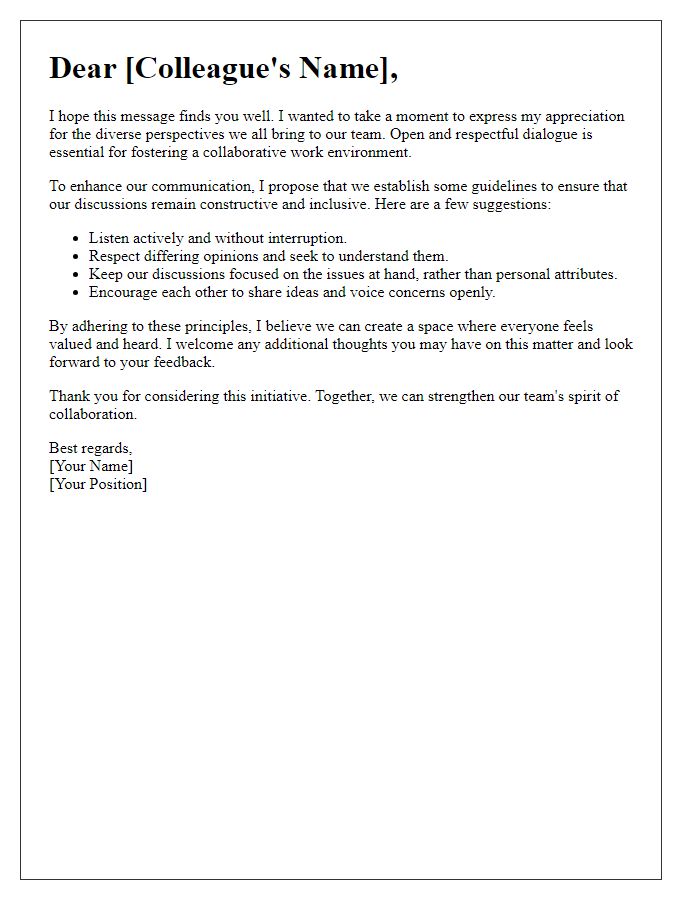
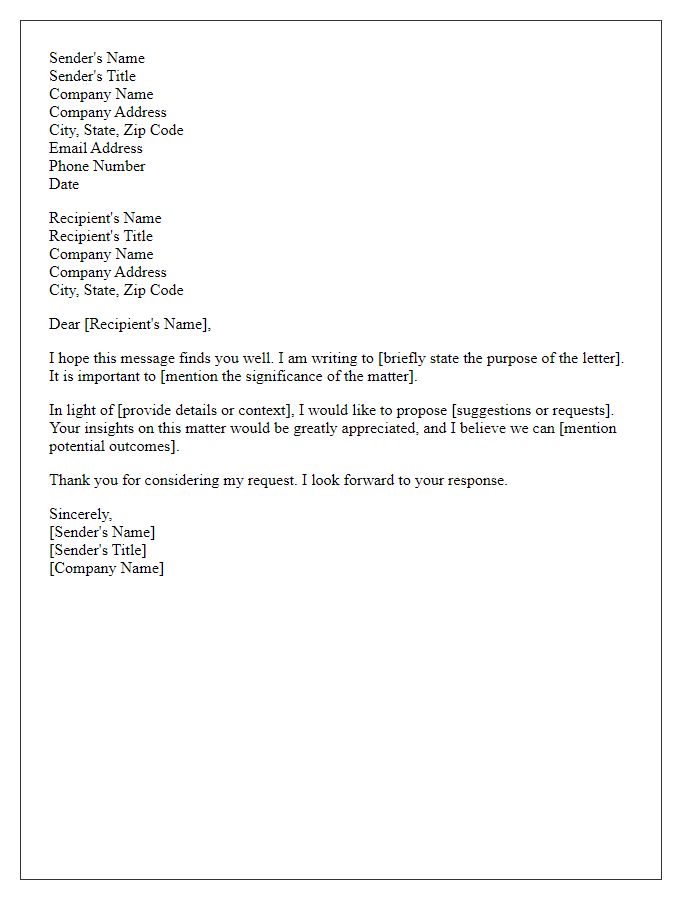

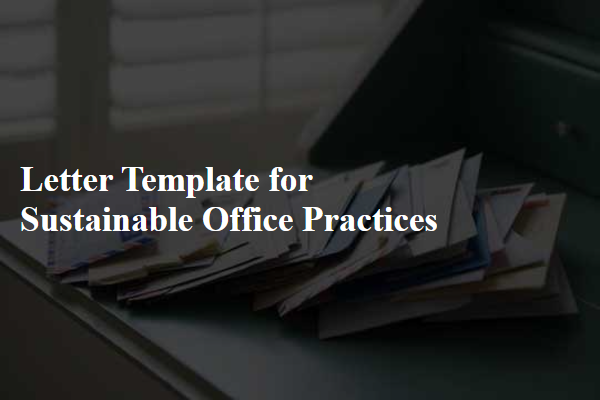
Comments